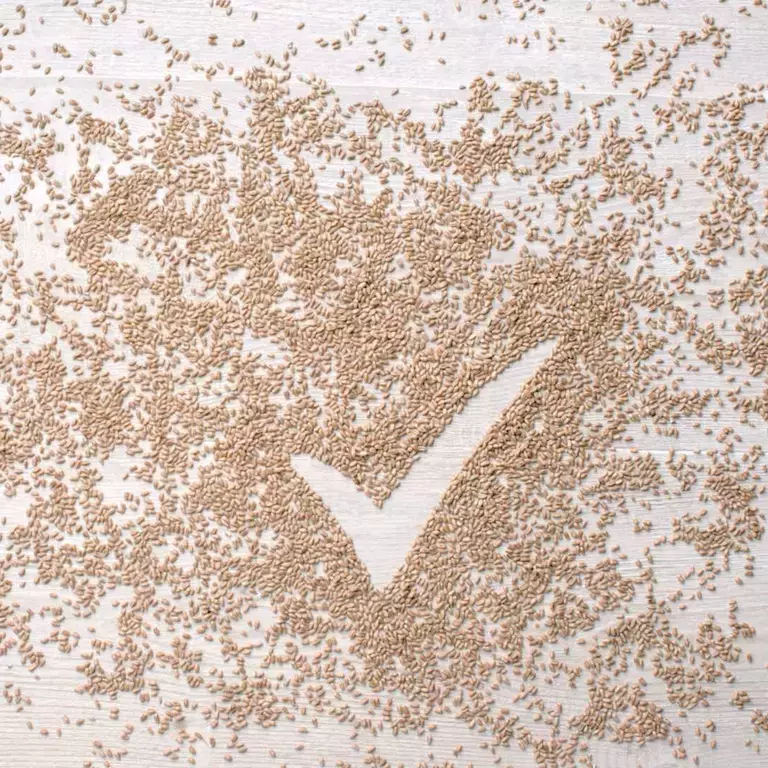Frequently Asked Questions
Wondering about whole grain? Curious about corn? Interested in Iron? We get all asked all sorts of questions about our delicious breakfast cereals.
Click below to find answers to the one's we're asked most frequently.
If you cannot find the answer to your question, please contact us and we’ll be happy to help.
Any questions or feedback?
We’d love to hear from you.
Whether you’ve a question about any of our cereals, want to share some feedback, or even share your breakfast ideas. Simply send us an email
